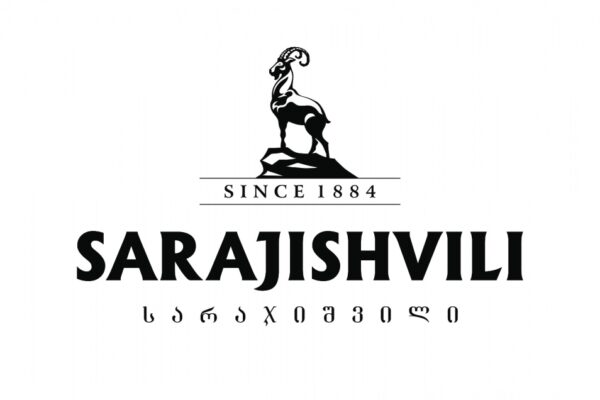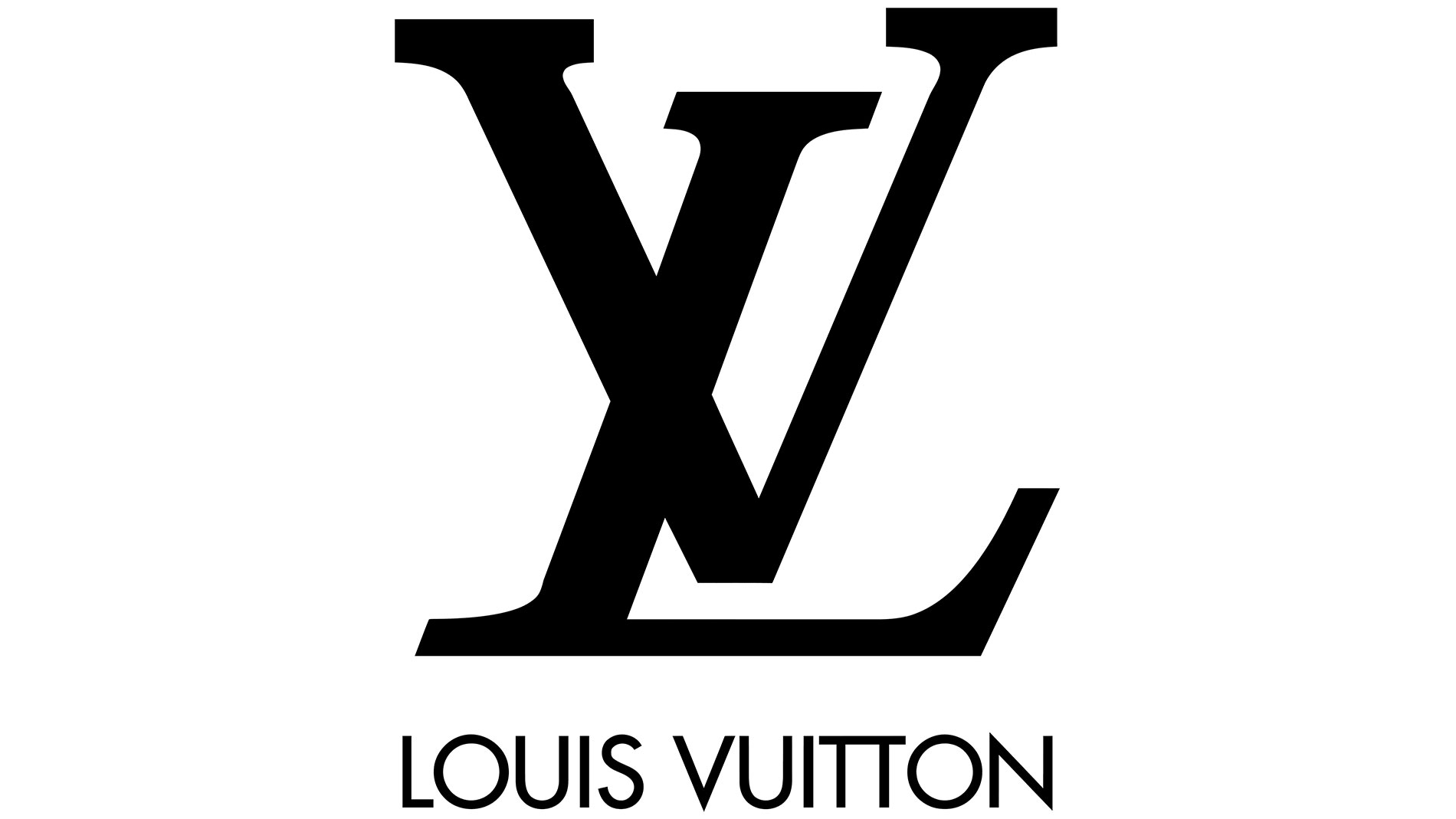
Louis Vuitton – Strategic Branding Management
As we have already discussed Louis Vuitton’s Integrated Marketing Communications (IMC), we should also consider six key criteria: coverage, contribution, commonality, complementarity, conformability, and cost. So, let’s deeply explore each of them.
 Coverage is the first. It is the proportion of the audience reached by each communication option. For Louis Vuitton, this criterion is crucial because the brand targets a global audience with diverse demographics and preferences. Louis Vuitton ensures broad coverage through a combination of traditional media (print ads, TV commercials) and digital platforms (social media, online ads). Additionally, their collaboration with influencers, celebrities, and designers expands the reach of their messaging.With its continuous focus on quality and improvement people all over the world are interested with new collections and Louis Vuitton’s IMC reaches and satisfies their demands.
Coverage is the first. It is the proportion of the audience reached by each communication option. For Louis Vuitton, this criterion is crucial because the brand targets a global audience with diverse demographics and preferences. Louis Vuitton ensures broad coverage through a combination of traditional media (print ads, TV commercials) and digital platforms (social media, online ads). Additionally, their collaboration with influencers, celebrities, and designers expands the reach of their messaging.With its continuous focus on quality and improvement people all over the world are interested with new collections and Louis Vuitton’s IMC reaches and satisfies their demands.- Contribution – Contribution relates to the role that each marketing channel plays in advancing the brand’s overall communication objectives. For Louis Vuitton, each component of its IMC strategy is designed to contribute to the brand’s positioning and its image. Starting from the traditional advertising (such as print ads in high-end magazines) contributes to maintaining its luxury status, while social media platforms (like Instagram) contribute to engaging younger, fashion-forward consumers. Every campaign is crafted to enhance the perception of Louis Vuitton as an innovative and timeless brand, reinforcing its values and prestige across all communication platforms.
- Commonality – Commonality is the extent to which common information conveyed by different communication options shares meaning across communication options. The brand creates common ground with its audience by aligning its campaigns and product offerings with these values, reinforcing its identity as a symbol of elegance and sophistication.For example: In 2018, Louis Vuitton appointed Virgil Abloh as the Artistic Director of its Men’s wear, The “Louis Vuitton Men’s Spring/Summer 2020” campaign, which featured a diverse cast of models and brought a modern, youthful energy to the traditional Louis Vuitton aesthetic, resonated deeply with millennial and Gen Z consumers. TThe collaboration with Abloh created a sense of commonality with younger audience.
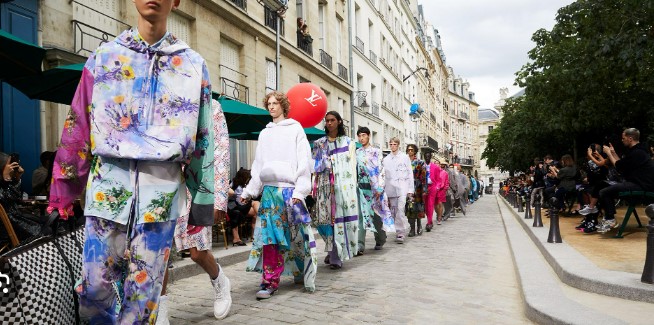
- Complementarity – Louis Vuitton uses various communication options to emphasize distinct but interrelated brand associations, such as print advertising (Product Craftsmanship and Heritage), social media and collaborations (Innovation and Trendsetting), and Celebrity
Endorsements (Exclusivity and Aspirational Value). The high-end print campaigns in luxury magazines like Vogue highlight LV’s amazing craftsmanship and history. Such campaigns are about elegance, timeless design, and exclusivity. Social media posts, like
those done with artists like Yayoi Kusama or fashion icons like Pharrell Williams, are modern and creative. This makes LV both classic and innovative. Celebrity partnerships with BTS or Emma Stone reach younger, international audiences. These collaborations make the brand modern and appeal to different target audiences.
- Conformability – which refers to how the message will adapt to different customer segments without losing its core value. LV manages it with a multiple message provision strategy and with a broad information provision strategy. It targets different audiences and still manages to maintain its core concept. By tailoring products, highlighting its craftsmanship, and holding VIP events, it targets the elite circle. Collaboration with
various artists worldwide attract a younger audience, as they like innovations and are
happy to see their favourite artists collaborating with an astonishing, luxurious brand.
- Cost – It invests in high-cost activities, such as runway shows. Such efforts reinforce the appropriate associations of prestige, exclusivity, and craftsmanship that contribute toward brand equity. The company spends more on high-cost experiential marketing, such as store designs and events, because such elements are crucial for delivering the personalized luxury experience associated with LV. Less expensive tactics include digital media celebrity endorsements that reach more people without losing the premium brand image.
Brand Engagement Pyramid
As we know when customers are engaged, they are willing to invest time, energy, money, or other resources in the brand beyond those expended during its purchase or consumption.
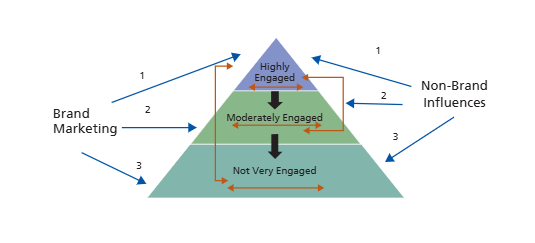
At the bottom we have low brand engagement- for Louis Vuitton can occur in specific circumstances or with certain consumer segments where the connection with the brand is minimal or disengaged. At this stage, consumers may be aware of Louis Vuitton as a luxury brand but don’t show much interest beyond basic recognition.This happens for example when the luxury status of Louis Vuitton may not resonate with every consumer, especially in markets where luxury is not as culturally relevant.
As for moderate brand engagement it occurs when consumers have a noticeable connection with the brand but are not deeply emotionally invested or loyal. These consumers may be aware of Louis Vuitton and appreciate its luxury status, but they are not as committed or passionate as those in the high engagement tier.
Engagement is a part of the brand resonance block, without active engagement, the brand won’t have strong brand equity and brand value. Therefore, LV’s customers are highly engaged in the brand’s activities. Customers demonstrate a strong, emotional connection to the brand. They are joining brand communities, creating fan pages, recommending and sharing their experiences, and interacting with other community members, who value LV’s rich history and traditions. Customers such involvement enhances the overall brand equity.
Besides customers’ positive engagement, LV has also experienced negative engagement, as it’s impossible to avoid it and satisfy every customer when you are a globally known brand. Price-sensitive customers sometimes express dissatisfaction with the brand’s high prices. Some might have problems with sustainability concerns and claim that brands should start adopting more sustainable practices. However, such complaints are not that bad for LV, as it helps the brand to improve its commitment to excellence.
Students: Lika Khutsishvili, Nutsa Kharibegashvili

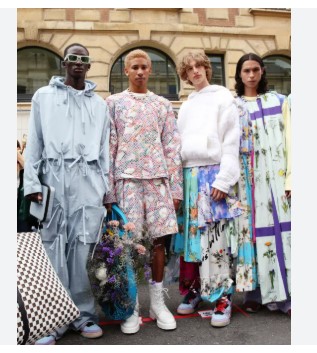 Coverage is the first. It is the proportion of the audience reached by each communication option. For Louis Vuitton, this criterion is crucial because the brand targets a global audience with diverse demographics and preferences. Louis Vuitton ensures broad coverage through a combination of traditional media (print ads, TV commercials) and digital platforms (social media, online ads). Additionally, their collaboration with influencers, celebrities, and designers expands the reach of their messaging.With its continuous focus on quality and improvement people all over the world are interested with new collections and Louis Vuitton’s IMC reaches and satisfies their demands.
Coverage is the first. It is the proportion of the audience reached by each communication option. For Louis Vuitton, this criterion is crucial because the brand targets a global audience with diverse demographics and preferences. Louis Vuitton ensures broad coverage through a combination of traditional media (print ads, TV commercials) and digital platforms (social media, online ads). Additionally, their collaboration with influencers, celebrities, and designers expands the reach of their messaging.With its continuous focus on quality and improvement people all over the world are interested with new collections and Louis Vuitton’s IMC reaches and satisfies their demands.